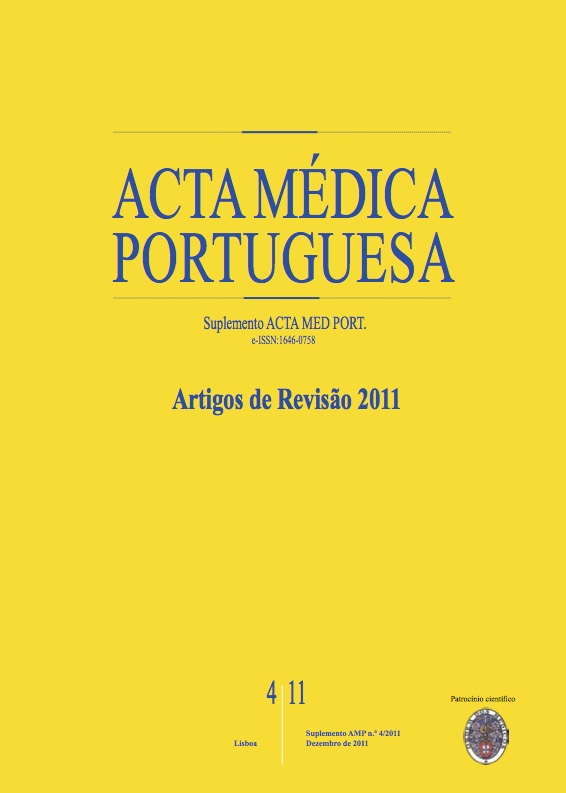Cerebrospinal fluid biomarkers for the early diagnosis of Parkinson's disease.
DOI:
https://doi.org/10.20344/amp.1596Abstract
In current medical practice, the diagnosis of Parkinson's disease remains essentially clinical. This practice determines that the diagnosis of Parkinson's disease is done in an already advanced neuropathological stage of the disease. The aim of this study is to review the validity of cerebrospinal fluid protein biological markers in the early diagnosis of Parkinson's disease. The a-synuclein and DJ-1 proteins, due to their role in the hereditary Parkinson's disease, have been the most widely studied cerebrospinal biomarkers. Nevertheless, they have had divergent results mostly owing to different processing, identification and control of laboratory techniques. The new proteomic techniques, directed to the detection of multiple undifferentiated proteins in cerebrospinal fluid (eg. ceruloplasmin, chromogranin B, apoH), are promising. The early diagnosis of Parkinson's disease is imperious as it is a progressive neurodegenerative disorder that causes extensive morbidity. Most of current scientific research in Parkinson's disease is focused on the discovery of neuroprotective drugs. Thus, the definition of biomarkers for the early diagnosis of Parkinson's disease is highly relevant.Downloads
Downloads
How to Cite
Issue
Section
License
All the articles published in the AMP are open access and comply with the requirements of funding agencies or academic institutions. The AMP is governed by the terms of the Creative Commons ‘Attribution – Non-Commercial Use - (CC-BY-NC)’ license, regarding the use by third parties.
It is the author’s responsibility to obtain approval for the reproduction of figures, tables, etc. from other publications.
Upon acceptance of an article for publication, the authors will be asked to complete the ICMJE “Copyright Liability and Copyright Sharing Statement “(http://www.actamedicaportuguesa.com/info/AMP-NormasPublicacao.pdf) and the “Declaration of Potential Conflicts of Interest” (http:// www.icmje.org/conflicts-of-interest). An e-mail will be sent to the corresponding author to acknowledge receipt of the manuscript.
After publication, the authors are authorised to make their articles available in repositories of their institutions of origin, as long as they always mention where they were published and according to the Creative Commons license.









